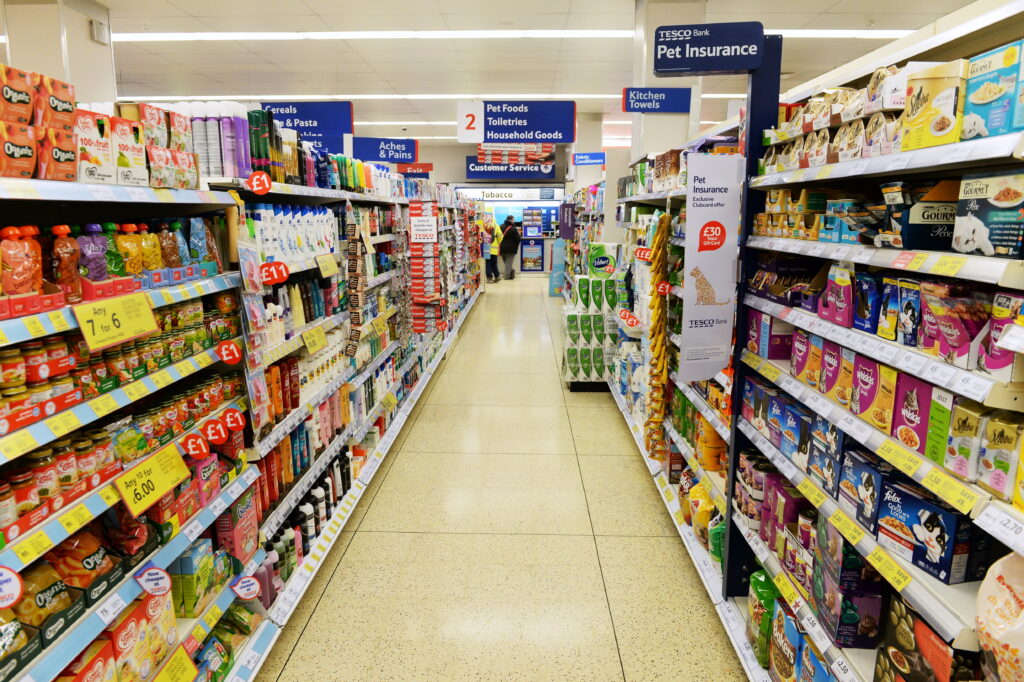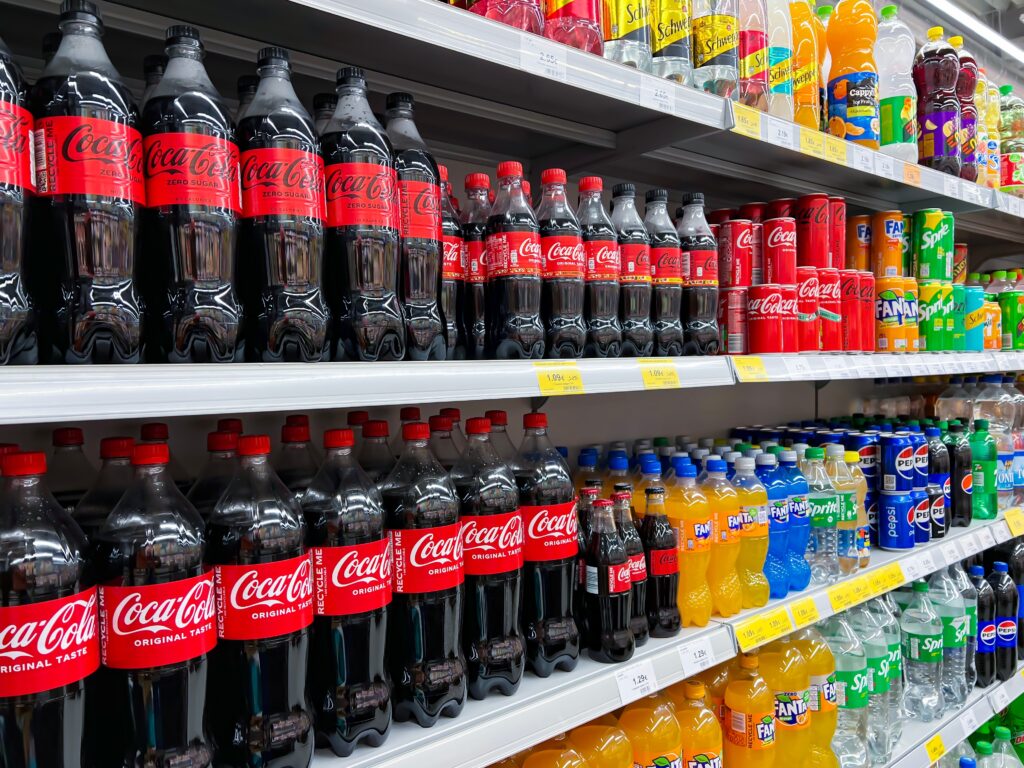Reprocessors had been planning on a price of around 10 to 12 per tonne in 2006 after discussing likely market scenarios with compliance schemes late last year. But, a combination of factors has resulted in expectations of a more comfortable supply of paper PRNs this year.
|
See |
Some experts have suggested a 500,000 tonne surplus might arise in 2006 if the carry-over tonnage proves significant.
The largest share of the blame for this situation is that overall packaging recovery targets have been easier to hit. But, the booming export market for recovered paper packaging is also thought to be having an effect in encouraging the recovery of the material.
Add in the lingering concerns over fraud in the issuing of domestic PRNs or their export equivalent PERNs, and reprocessors are facing a gloomy picture.
Prices
Compliance schemes that had been happy to pay around 12 per tonne for their paper PRNs at the start of the year have said they “cannot justify that now” in order to be competitive.
One reprocessor told letsrecycle.com: “Industry did its pricing for around 10 to 12 for the first quarter after talking to compliance schemes, but the prices has been driven down to the point at which it could even reach 6 or 7. It's been pretty tough as a result.”
Targets
Compliance schemes in general have pointed to Defra's relaxing of the packaging recovery targets last November for upsetting the expected price level for paper PRNs.
With the lowering of the minimum-by-recycling requirement – and expectations that a large tonnage of paper PRNs was carried over into 2006 from December last year – experts are predicting a large surplus of paper PRNs on the market this year.
One scheme manager blamed the “rushed” consultation process behind Defra's target changes, saying industry had not been able to calculate the full consequences of lowering the minimum-by-recycling component of the overall recovery target for packaging waste (see letsrecycle.com story).
“It's in no-one's interest to see paper PRN prices heading down to 5 per tonne,” the scheme manager said.
Exports
Some compliance schemes reported that the presence of exporters may also be a factor in the current sliding of paper PRN prices. With stable prices for paper packaging material on the world markets at the moment, there is the feeling that some exporters are keen to get rid of PERNs quickly for “any sort of price”.
Compliance schemes see exports as the key area for growth in paper packaging recovery, picking up the pace even to the extent of compensating for the closure of domestic board mills.
One analyst pointed to the slightly higher prices for the trading of wood PRNs as testament to the impact of exporters in the paper sector.
“Wood PRNs are selling a pound or two higher than paper PRNs at the moment,” the analyst explained, “although in theory they should be the same level, since you can just as well use paper PRNs as wood PRNs towards your general recycling quota.”
”Paper and wood (PRN) prices are falling primarily as a result of an excess of supply versus demand. “
– Steve Gough, Valpak
Power
There is some disquiet among reprocessors at the power of some of the larger compliance schemes to drive down the PRN prices, with one observer commenting that it was “like dealing with the big supermarket chains”.
With Valpak taking on by far the largest share of the market, some reprocessors have leveled their criticisms the way of the Stratford-based scheme.
In response to such sentiments, Valpak chief executive Steve Gough told letsrecycle.com: “Valpak acknowledges that paper and wood (PRN) prices are falling primarily as a result of an excess of supply versus demand. Whilst recognising that this will deliver low cost compliance for our members we also fully appreciate that it could cause difficulties for some reprocessors, particularly given the current high energy prices and competition for material in the marketplace.
“This situation is due to a number of factors but reflects the success of the PRN market in achieving targets now and in the future. Our stance has always been that the best approach for success and long term sustainability is improved planning and communication with our partners.”
Fraud
Fraudulent or inappropriate issuing of PRNs or PERNs could also have a bearing on the paper PRN market this year. One reprocessor said: “There does seem to be a difference between the Defra figures and mill returns, and I hate to say it, but it may well be that inappropriately issued PRNs in the export side are making up the gap.”
There has been some disappointment from reprocessors and compliance schemes alike that Defra's investigation into the inappropriate issuing of PRNs or PERNs in the paper sector may well have floundered. This investigation began in June 2005 (see letsrecycle.com story) but reprocessors said regarding fraud, they believed the investigation “doesn't seem to be having an effect”.
A spokeswoman from Defra told letsrecycle.com the fact-finding mission was “nearing completion”, and insisted it had been focussing on the exporters “since this is where the allegations of inappropriate behaviour were directed”.
| Related links: |
The spokeswoman said: “We cannot comment at this stage on the results of the investigations as the auditors commissioned to undertake this work have not yet presented their findings to the Department, however, if fraud is identified the matter will be referred to the police.”
Fraud as an issue is still thought to be having an impact on the plastics packaging sector, with some compliance schemes suggesting a recent slip in plastics PRN prices may have some link to inappropriately issued plastics PRNs. Initial suggestions are that WRAP's current investigation into exports may shed some light onto the issue.









Subscribe for free